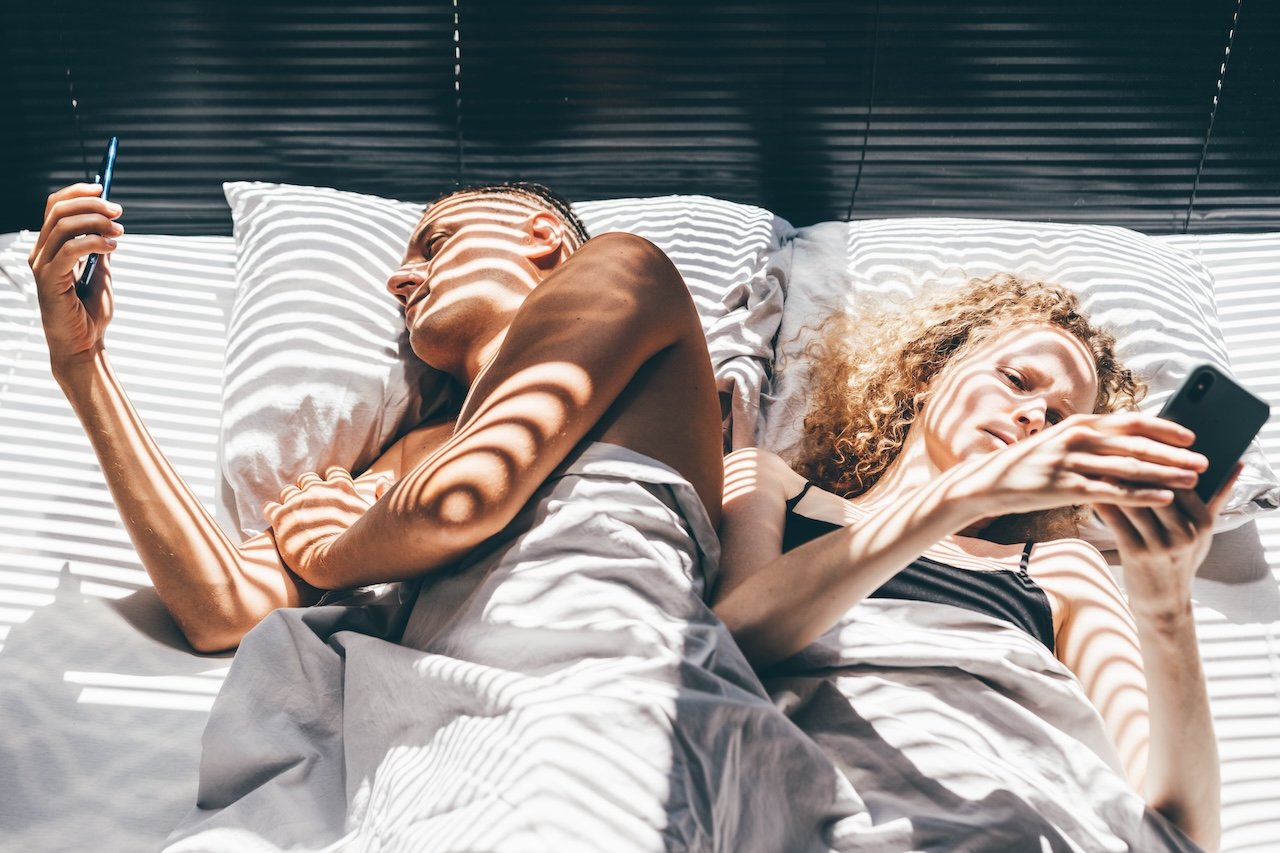

Words by Fiorella Valdesolo
My eighth-grade sexual education class (an opt-in that your parents had to sign off on; my dad being a biology teacher meant I was an easy in) at the little private New England school I attended took a more, shall we say, out-of-the-box approach than what my fellow tweens were getting at the public middle school down the road. They had PSA-style cartoons, and we had frank discussions about masturbation and menstruation, up-too-close images of STDs, and creative assignments inspired by the material—think condom and tampon sculptures. For one class we were all tasked with bringing in a song (on cassette or CD; it was the early ‘90s) with sexualized lyrics. Classmates brought tracks by Salt-N-Pepa, 2 Live Crew, and Prince, and I arrived with my Disco Preservation Society tapes (I was a strange bird in middle school) to play “In the Bush,” a 1978 track by Musique. Against a shimmering synthy backdrop came the lyrics: Are you ready, are you ready for this? Do you like it, do you like it like this? Push, push in the bush. Get down, get down, do it, do it ….I like to do it, do it.
When I heard the track again recently—unlocked from my core memories, as so many things currently are, thanks to Instagram—I was struck by the lyrics. Or more specifically, how little I related to them. Nowadays, doing it is rarely on my to-do list. Part of the reason may simply be hormonal: at 46, I’m in the throes of the midlife ebb and flow of estrogen, progesterone, and testosterone. For some women the physical effect of those hormonal changes can impact their sex lives: Orgasms can become more of a challenge, and the vaginal dryness that accompanies that dip in estrogen can make intercourse painful. “These hormonal changes combined with the stress of midlife—busy careers, raising and launching kids, aging parents—can make libido take a dive,” says Sarah de la Torre, MD, a double board-certified OB-GYN and the clinical lead at menopause care platform Respin Health. A list that I respond to with a mental check, check, check; I’ve been parenting a young child, dealing with health challenges (familial and my own), navigating a career in an increasingly shaky industry all while living in an increasingly unlivable city. Then there are the emotional dynamics that can build a libido roadblock. “Long-term relationships can, at times, create emotional fatigue, resentment, and, often, boredom in the bedroom, leading to disconnection,” says de la Torre, as I nod along vigorously. “It is common in midlife for women to feel unseen or unappreciated and therefore less open to sex with long-term partners.” And, of course, stress, the culprit of everything from skin inflammation to disrupted sleep is also undeniably at play in this conversation around the modern state of desire. High stress increases cortisol which influences our reproductive hormones, decreasing sexual desire and activity, says de la Torre. Our current “always-on” culture just makes things worse, she adds, trapping people in a chronic state of low-level stress.
“And, of course, stress is also undeniably at play in this conversation around the modern state of desire.”
So do our increasingly online existences, particularly for younger generations. Several studies have revealed a decline in all types of sexual activity across age groups, but particularly among younger generations. Statistics that for anyone who, like me, clearly remembers feeling constantly horny in my younger years, is hard to wrap one’s head around. But my horniest years came before my cell phone dependency; younger generations now have far more digital distractions. “The constant presence of smart phones can provide dopamine (feel-good hormones) hits leading to less motivation to seek those feel-good experiences from real-life interactions,” says de la Torre. And there’s a hesitancy around IRL interactions among younger generations too. “Young people report opting out of sexual activity due to concerns about performance, fear of rejection, and confusion around consent, all issues that can be magnified in the current social media environment,” adds de la Torre.

This connection to devices has also meant earlier exposure to pornography online which has further muddied the waters for younger generations navigating sexuality and desire for the first time. Pornography as your earliest form of sex ed sets a dangerous precedent. Then there is the oft-referenced loneliness epidemic coinciding with an all-time high in mental health diagnoses for conditions like depression and anxiety (especially, it should be pointed out, among younger people). As de la Torre confirms, mood disorders can reduce the desire for any kind of connection, sexual included. Not to mention one of the common side effects among the class of drugs (SSRIs) prescribed to treat many of these conditions is a lowering of libido.
While there are many things I can point a finger at for why my libido has reached new lows, it’s hard not to sometimes feel like everyone else is doing it when I scroll through my social feeds (sexualized images have been proven to get more engagement so they abound on most algorithms) or engage with literally any form of entertainment from books (#smuttok, #booktok’s spicier relative, has billions of views) to film to art to music. Much of it, particularly what we see online, is performative, an indication of the chasm between desire and pleasure: stoking the former doesn’t necessarily increase the latter.
So, what can we do to reignite the proverbial flame? If there are physiological roadblocks, sex therapists and pelvic floor specialists can be an invaluable tool, as can hormonal therapy treatments (like vaginal estrogen, systemic estrogen, and testosterone) for women in midlife. Letting go of expectations and comparisons about how much sex a person “should” be having and creating a space for responsive desire (desire that emerges once intimacy begins, rather than before) will help too, says de la Torre. Lately, for me, getting back in touch with my own desire for a sexual connection with my partner has come not after time spent together, but time apart, when I could focus solely on my own needs for a while. And that, says de la Torre, is not uncommon; she often recommends that women make time to relax, decompress and restore their own energy via sleep, movement, or connecting with friends, before trying to renew a connection with their sexual partners. Alone time, it seems, makes the heart grow fonder.













